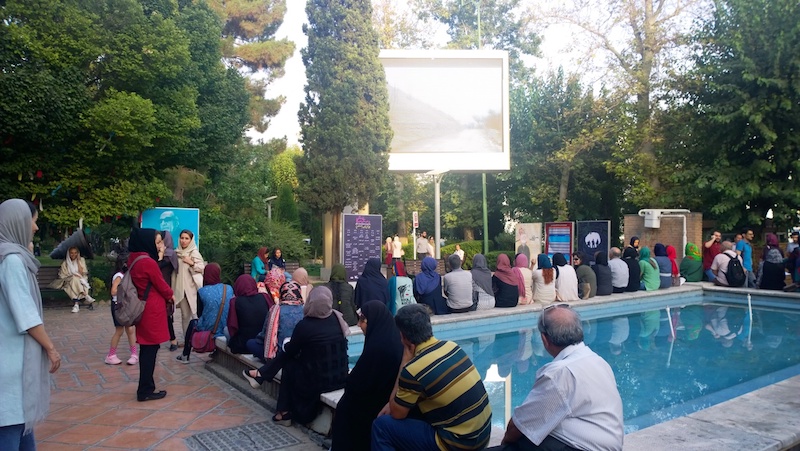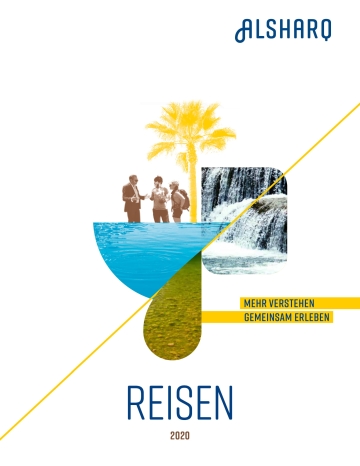The acclaimed Iranian director Abbas Kiarostami died on 4th of July and plunged his cinema lovers into gloom. His work is not summarized to cinema only but encompasses other areas of art such as photography, painting and literature. By Maryam Roosta
When she came, she came When she was, she was When she left, she was
This haiku poem by Abbas Kiarostami is now also about him. Even though he passed away a couple of months ago, he still exists with his works and words. His death, triggered by medical malpractice, was a tragedy. However, this is not the place to deal with the events that caused his death; rather I intend to provide a short discussion of Kirostami’s main works and his style in making movies.
He truly is a significant figure in Iran's cinema. His works not only introduced the country’s cinema to the world. They were also a part of a new wave in Iran’s movie-making during the 1960s. His films use a language that most people all around the world can perceive and communicate with: They mainly deal with philosophical and existential issues such as death and life.
Set in picturesque sceneries, some scenes can be cropped and turned into postcards due to his artistic view and photographic skills. Another important feature of Kiarostami’s unique moviemaking style is his moving of the boundary between fact and fiction. At times, this pushes the audience to wonder if the movie is a documentary – which, it is said, has caused the advancement of the language of cinema.
Kiarostami did not follow the conventions of cinema. For instance, he usually worked with nonprofessional actors and actresses.

Public screening of Kiarostami's movies in Teherans Park-e Honarmandan (Artists Park) on the occasion of the famous director's death. Photo: Laura Overmeyer.
The conflict between life and death
The controversy between life and death is one of the main themes of Kiarostami’s movies. Taste of Cherry (1997) for example, one of his most acclaimed films which was awarded the Palme d'Or in 1997, has an enthralling plot: It is about a man who wants to commit suicide and is looking for someone to bury him after his death in the grave that he has already dug out.
Throughout his search, he meets different people and the confrontation with these individuals, together with the pessimism and disappointment he feels towards life, brings up several stories. Those stories form a raging battle between life and death, and the audience is not sure about the destiny of the man's decision until the very end of the movie. This is even more dramatic as Kiarostami himself is an adorer of life, which is shown at the end of the movie when he plays “St. James Infirmary Blues”, the famous song by Louis Armstrong.
The movie is composed of long shots characteristic for Kiarostami's style. He uses them to detach the audience from the movie in order to make them ponder on their own fate.
Moving Automobiles
Kiarostami used cars as important elements in most of his movies. In Taste of Cherry, the main character is roaming the city with his car while he is looking for a gravedigger. Another example is Ten (2002), the story of a women who wanders the city together with ten different people she takes in her car. They include her son and her friend but also strangers on the street who bring their stories with them.
Notably, this was the first time Kiarostami chose a woman as the main character in his movie. After the Islamic revolution in 1979, he argued, it was not possible anymore to show the true face of women in the private sphere. As it became compulsory for women to wear a hijab, the private realm, in which women did not cover, was off-limits. Yet, moral policing also rendered them less visible in the public. Against this, Kiarostami decided to depict them in public spaces by using cars. Later on, once he moved out of Iran, he continued to explore and reveal the inner side of women. For example, he shot Certified Copy in France and Someone in Love in Japan.
On the Edge of Fiction and Fact
Kiarostami’s movies skillfully broaden the border of reality in a way that blurs the lines between fiction and nonfiction. Close-up (1990) is based on the true story of Sabzian, a man who impersonated a famous Iranian filmmaker named Makhmalbaf and deceived a family to act in his new film. When Kiarostami found out about Sabzian’s story, he went to court to meet him and recorded his trial. He tried to arrange a meeting between Sabzian and Makhmalbaf. Moreover, the family also participated in the movie.
Thus, Close-up is a kind of documentary that was made by the intervention of Kiarostami. In a humanistic manner, it portrays a cinema lover who has neither the opportunity nor the facilities necessary to become a filmmaker, a tragic person who desires that society pays attention to him but is disregarded in turn. To make up for the rejection, Sabzian starts telling lies not only to others but also to himself. It is here that reality and fiction then begin to blur, because those lies, and the wish to be a famous moviemaker that animate them, become true: As a result of Close-up, Sabzian’s photos were published on the cover of the most famous and professional movie magazines all over the world. As Kiarostami said: “At first it was a lie; at the end it turned into truth.”
Thus, Kiarostami’s movies evolve from simple ideas which were adapted from everyday life, either by means of observation, participation or reflection. For instance, the idea for his documentary Homework (1989) was triggered by his son's inability to finish his homework. As Kiarostami decided to figure out the reason, he went to his son's school with his camera in order to see if other students had the same problem. The result of this investigation was as charming as revealing: The students in front of his camera reacted and answered his questions meaningfully, and engaged timely issues and problems in Iran's society, such as the long-lasting war with Iraq.
As such, like life itself, Kiarostami’s movies begin with uncomplicated notions and stories but they end up in an intricate web of multiple layers of complexion.





















